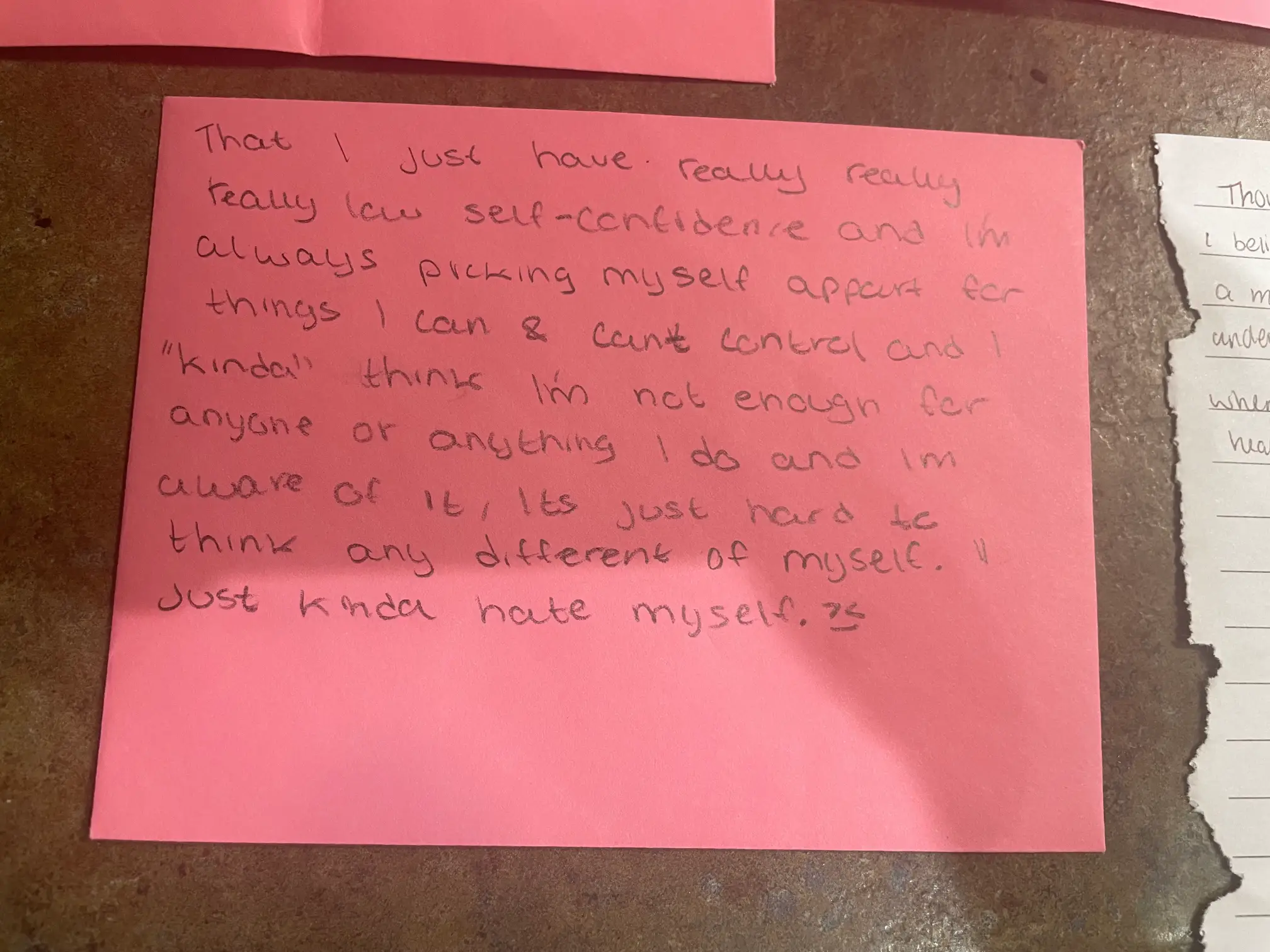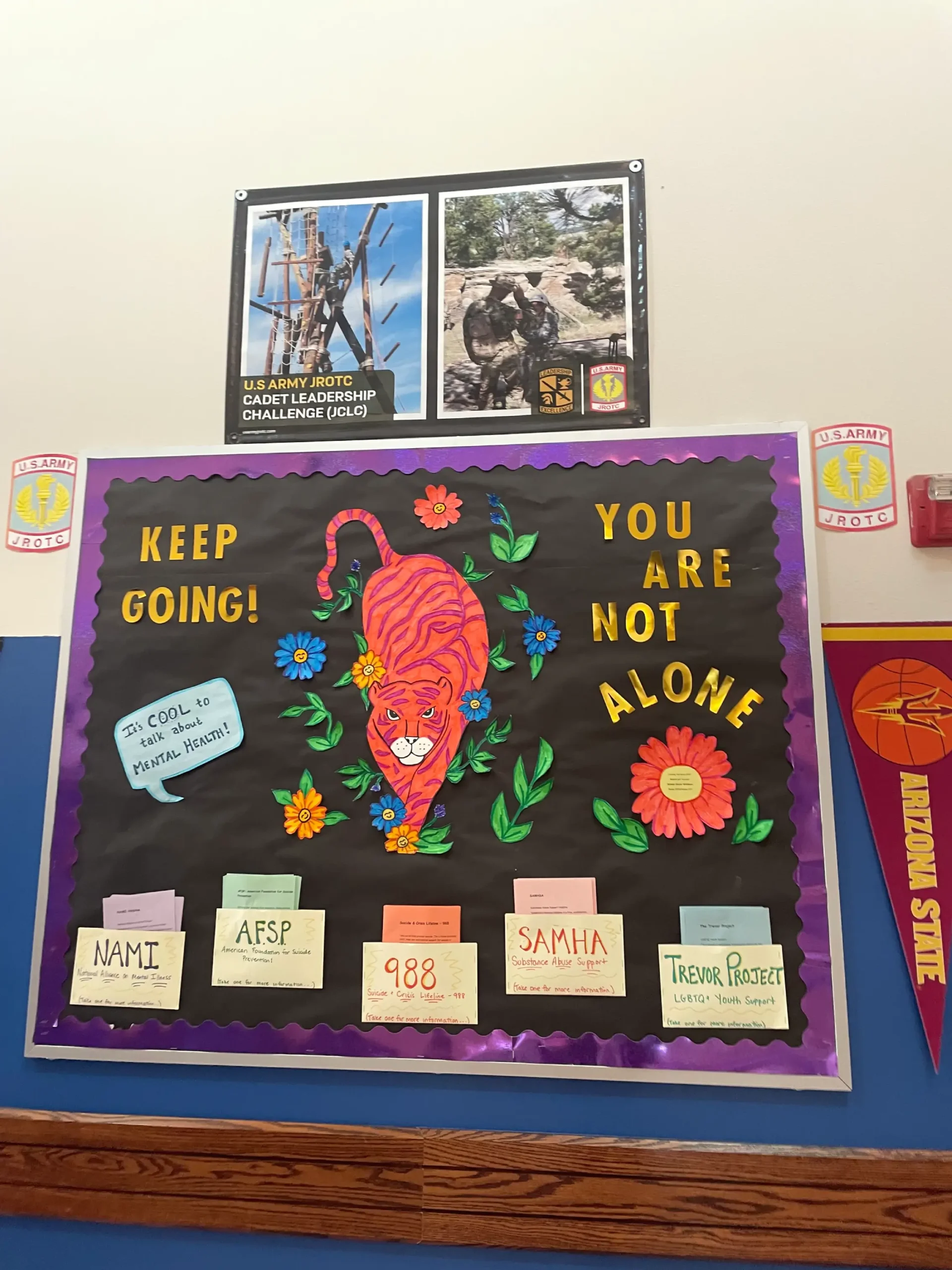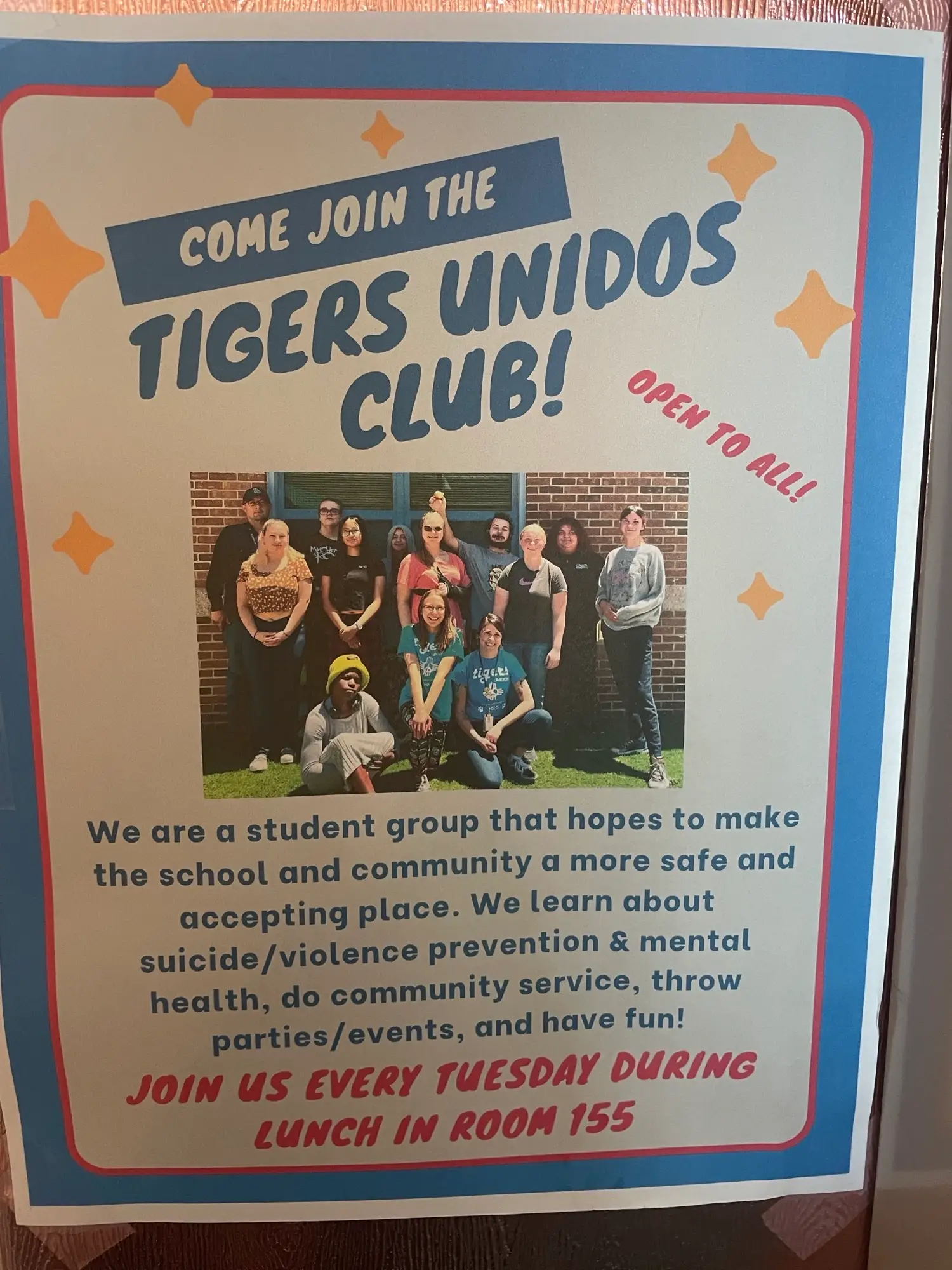Adobe Stock Photo.
New Mexicans can do something to prevent suicide
By Clarie Miller
Suicide. It’s an awkward and uncomfortable topic to discuss. It shouldn’t be. The fact is, New Mexico is fourth in the country in suicide and second in adolescent suicide. Though our state suicide numbers went down slightly from 2021 to 2022—from 520 to 513—we can do better. Because suicide is a public health crisis.
Suicide is also preventable. As a suicide loss survivor, that can be painful to say. One in four of us in New Mexico has been directly impacted by suicide. Thankfully, society is becoming more willing to acknowledge mental health issues and has begun to normalize talking about mental health just as we do physical health. We still have a long way to go. We often think that we don’t need to talk to our little ones about suicide. The truth is, it is necessary and can be done in an age-appropriate manner. There is no time in one’s life span that one is not susceptible to suicidal thoughts.
In New Mexico, we are higher than the national average in several categories when it comes to suicide, including among adolescents, middle aged men, and those in late life. In fact, late life suicide is the highest demographic in New Mexico for death by suicide. It is important to note the rate for late life suicide does not include medically assisted suicide, which is legal in New Mexico.
The stigma around suicide makes it particularly difficult to reach those in some of our highest risk categories, including men dealing with mental health challenges. There is still a stigma revolving around men asking for help. It is often more acceptable for women to express their feelings and challenges than men. But being able to navigate through life in a healthy way is something all are entitled to. The truth is we are all human beings, we all have emotions and good and bad days and deal with a wide array of emotions.
New Mexico is a very culturally diverse state and a multigenerational approach to suicide prevention is essential in most communities. We must keep our kids alive to support parents and elders. We must keep elders and parents alive to support our next generation. Traveling through New Mexico you can meet many fine humans, including members of the younger generation who have used their voices to demand validation of their mental health challenges and concerns. Well done.

Messages from youth.
Adults may often feel like adolescents or littles have no pressures and may discount their level of despair. Often adolescents will be seen as attention-seeking when expressing concern for their mental health. Most of the time people are faking mental wellness, not mental illness. There is no room in the suicide conversation for this way of thinking. If someone tells us they want to die by suicide 100 times, we should believe them every single time.
Then what do we do? There is not enough discussion around what we as community members, caregivers, and educators can do to support suicide prevention and reduce stigma. Many New Mexico parents have expressed regret that mental health wasn’t talked about in school, and they may not know they need to talk about it with elementary schoolers or middle schoolers. But it’s OK to talk about suicide. The conversation could save the life of someone you love.
It’s a difficult conversation to have, but it can be done effectively. The best evidence-based approach is direct, honest, straightforward conversation. The words we use matter as they can change the narrative. Being intentional and present for the conversation is warranted. Even the language we use to talk about suicide can create a stigma. The term “committed suicide” is often used. But let’s break it down. Committed sounds like someone perpetrated a crime, right? Anyone who has lost a loved one to suicide knows that it was not a criminal act. When someone dies of cancer, we don’t say they committed cancer, right? Straightforward language will reduce stigma. “My mother died of cancer; my husband died by suicide.” There is no stigma there.
So how do we reduce suicide and save lives? The nation and New Mexico are underserved when it comes to mental health providers. It is necessary to use resources at all levels—local, state, and federal. As with our physical health, it may take some work to find the best way to support and address one’s mental health challenges. Be diligent and advocate just as we do for physical health. In New Mexico, we have more and more facilities opening throughout the state to treat acute mental health diagnosis and substance use, which helps support communities and provides local resources.

Bulletin Board in September to promote mental health resources.
But that isn’t the only answer to this crisis. Communities are the answer. People leaning in and supporting each other without stigma or judgment is the answer.
Every one of us can save a life. It starts with kindness and compassion. Most people considering suicide do give warning signs, and it doesn’t always look like what we know to be depression. It can be something as seemingly insignificant as suddenly giving away prized possessions.
Have resources ready (phone apps are handy) and be direct. Ask the question, “Are you thinking of killing yourself?” Do not be afraid to ask. The fact is someone is either thinking of suicide or they are not. If the person responds in an affirmative manner, the next question is, “Do you have a plan, and what have you done to put the plan into motion?” When a person responds to both in the affirmative, they are in a crisis and should not be left alone. You need to respond with urgency as if responding to someone who is having a heart attack or some physical health crisis. Not every person with suicidology will require emergency crisis response, however. So sometimes sharing space, offering support and genuine care of this person can mitigate a potential crisis.
Through stigma reduction and open discussions on mental health and suicide prevention we can move the needle. There is hope and support just a call or text away: 24/7 anywhere in New Mexico at 9-8-8.
Meanwhile, be kind to each other. The world is a better place with each of us in it.

Tigers Task Force.
Born in Hawaii and raised in New Mexico, Clarie brings a deep passion for New Mexicans, specifically their mental health autonomy and equity. Clarie joined New Mexico Department of Health, Office of Student and Adolescent Health in 2022 as the statewide youth suicide prevention coordinator and accepted the position of lead suicide prevention coordinator with the Office of Injury and Violence Prevention in May 2024. Clarie is a relentless advocate of suicide prevention and mental health awareness globally.




